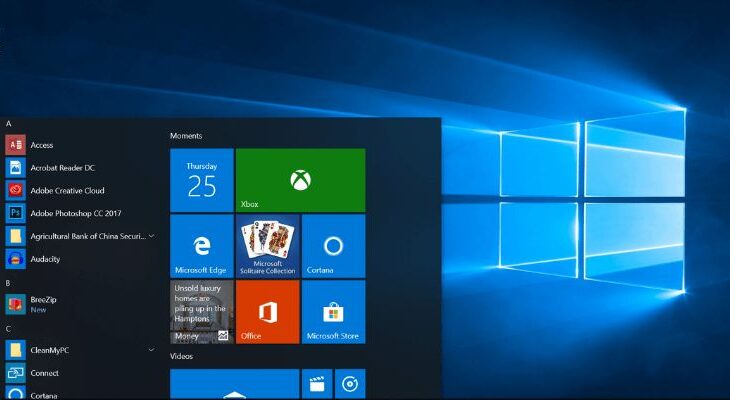

We currently single some best screen recording software for Windows 10 out of any type for your reference – open-sourced OBS Studio, free Ezvid for Windows, CamStudio, commercial Bandicam, easy yet feature-laden RecMaster, and pro-level Snagit. Generally, the majority of screen recorders’ attributes interosculate, for example, the feature of: shooting screen into different formats, adding webcam overlay to achieve picture-in-picture video, recording audio, and screen at the same time, doing easy mark annotation and edits and sharing to social sites straightforward. There are a plethora of screen recorders for Windows 10, free, open source or paid, each of which has its own strengths and weaknesses.

Pros: More flexible features and settings for recording, Most have attached annotating and editing tool Way 1 – Recording Using Desktop Screen Recording Software (Recommended) Then for Windows 10 users, how to record the screen of it? To help those newbies who are not so familiar with Windows 10 or screencast work, and also those regular Windows 10 users who are searching for a decent screen recorder, this how-to guide will help you a hand on this stuff by showcasing 5 ways to take Windows 10 screen capture. Although many are loath to abandon their habitual Windows 7, however, for the sake of security and software compatibility, they will choose to let it go and move up to Windows 10.

Microsoft finally said farewell to Windows 7 – the most popular system of MS in the last 10 years – at the beginning of 2020 by delivering an end-of-support announcement on January 13.


 0 kommentar(er)
0 kommentar(er)
